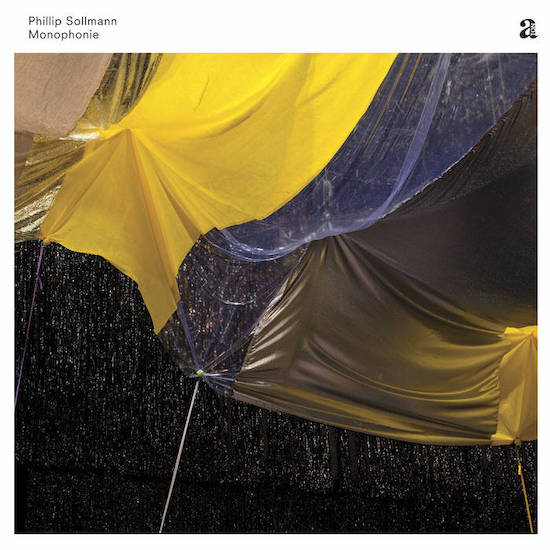Although the first performance of Phillip Sollmann’s Monophonie was made back in 2017, its release now feels like a response to last year’s New Atlantis under his more familiar Efdemin moniker. That album very much catapulted the Berghain regular to the forefront of modern techno with the hypnotic electronic drive on most tracks contrasted with quieter pieces featuring ambient textures, acoustic instruments and spoken word. With Monophonie, one can see how this journey into a wider sonic world in many ways began.
Speaking to me over the phone from a rural part of locked down Germany, Sollmann described the process as a form of “escape from reality”, something the record’s promoters have summed up as leading to an interest in “utopian sounds”. While not a term he came up with, Sollmann clearly relates to it, and he used the composition of Monophonie to open up his world of musical idioms and structures, as well as also to open up ears to music that is quieter and more fragile.
The album’s quiet textures, with tracks building up incrementally into ambient and minimalist shimmers initially feels like a significant departure from Sollmann’s work as Efdemin with nods to composer/instrument builders Harry Bertoia and Harry Partch. Perhaps an even bigger influence was the 19th century scientist Hermann von Helmholtz whom Sollmann describes understatedly as “quite important in the field of acoustics and visual science”. One of Helmholtz’s custom-built sirens actually features on ‘Mono’, the last track on Monophonie and throughout the album’s nine pieces the physicist’s interest in just intonation and unusual sounds is reflected in Sollmann’s own use of tones and textures over more familiar compositional devices.
If the works of those three pioneers forms a crucial bedrock to the concept behind the album, repeated listens quickly reveal that Sollmann’s background in techno also plays a vital part. ‘Micro’, for example, fizzes with energy as rolling xylophone-like percussion and hand drums spin around each other over a low bass hum. ‘Motor’ starts off with a hefty organ drone but soon spindly notes take over as if someone has gone crazy on a harpsichord. As Efdemin, Sollmann excels at rhythmic swells and releases and that same percussive sensitivity is at play on Monophonie, boosted at the last by a clear interest in non-European and non-American traditions such as gamelan or traditional African percussion.
It’s remarkable that Phillip Sollmann sees himself as not being a composer, because for all that techno informs part of this album’s DNA, it remains above all a work of composition, easily worthy of the likes of Jürg Frey or, well, Harry Bertoia. It’s a fascinating insight into how his music has evolved both on and off the dancefloor and while some electro fans may baulk at its poise, fragility and elegance, most will be rewarded with fresh perspectives on sound itself.


